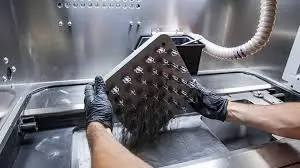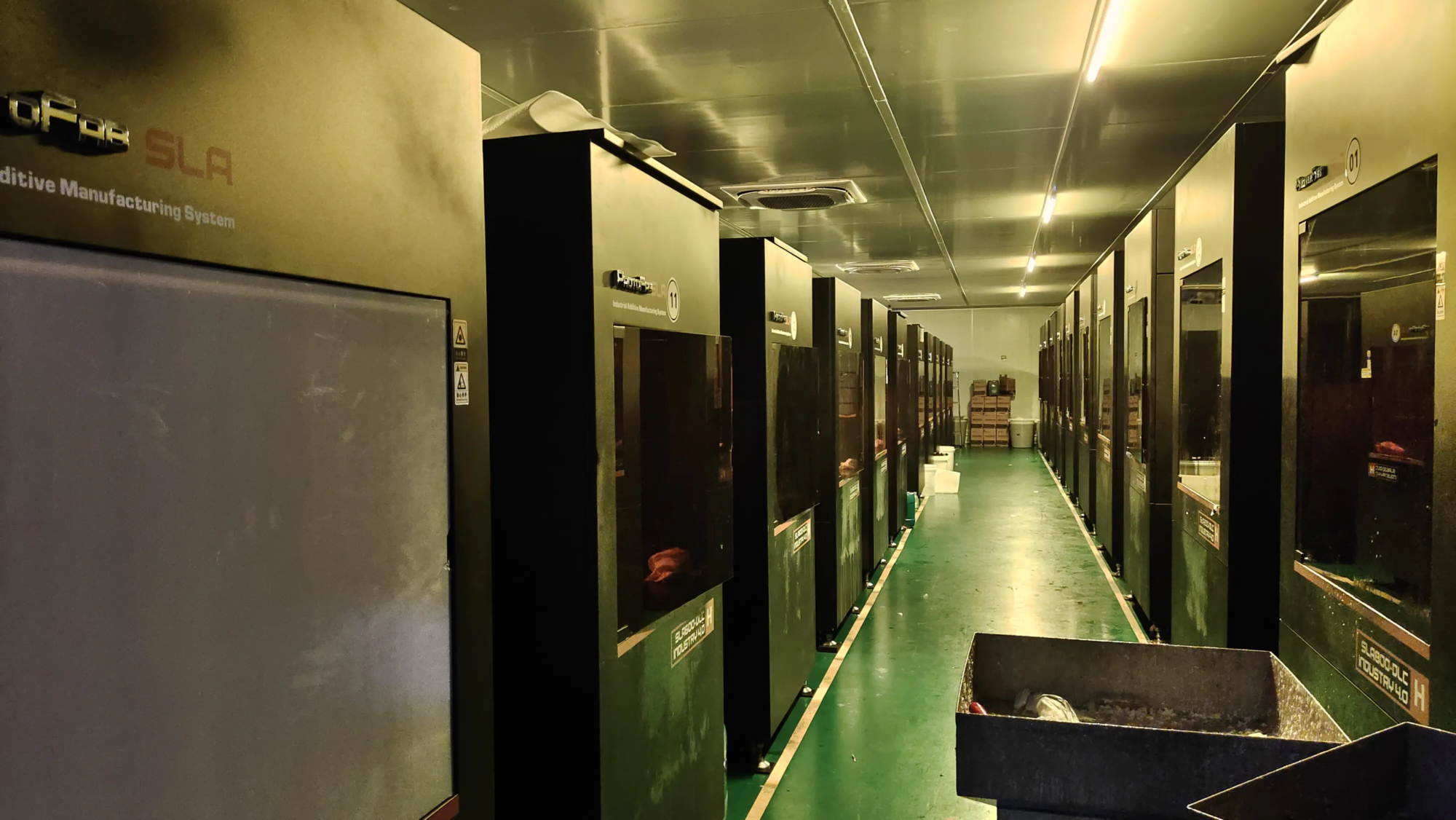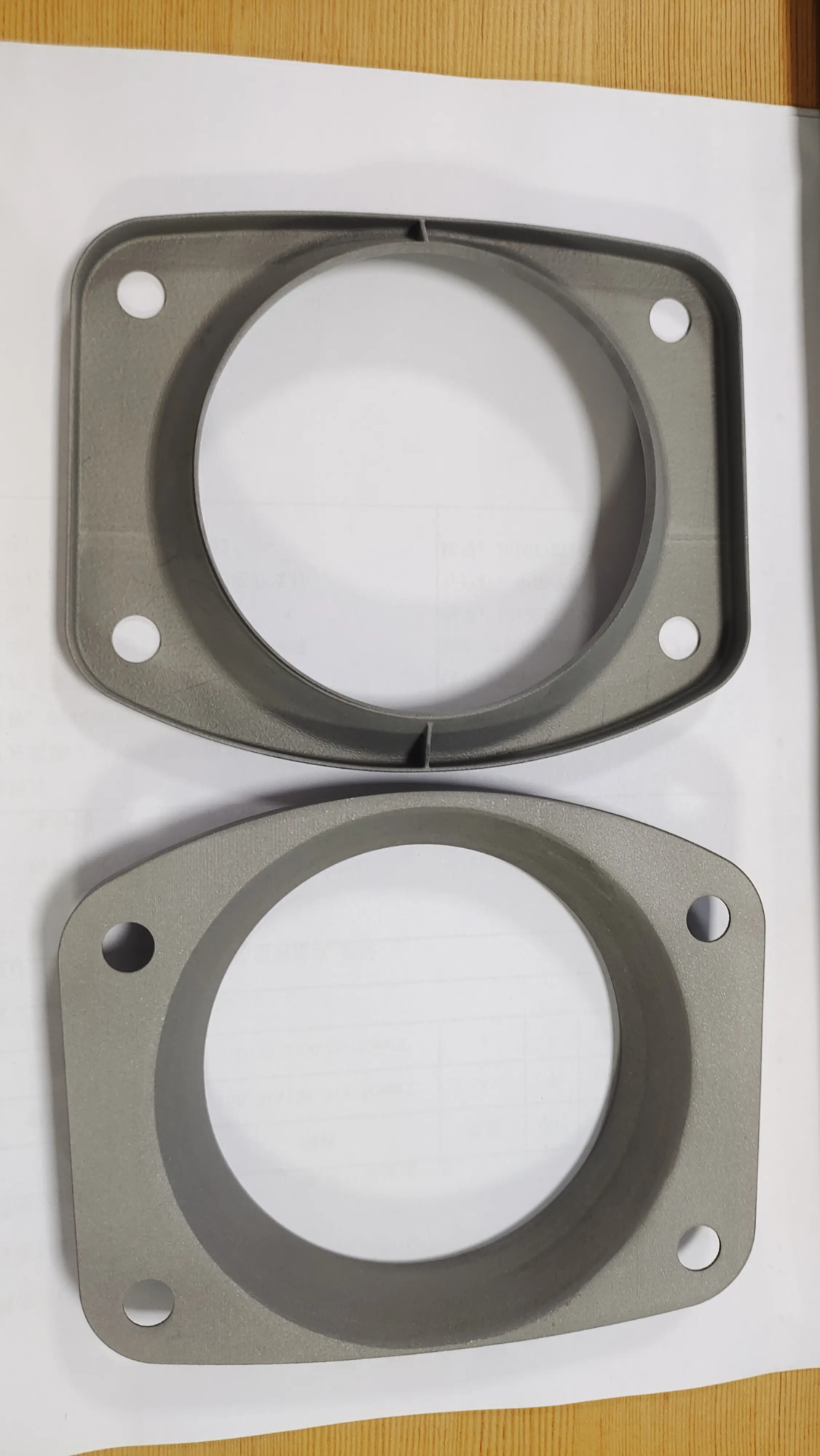On October 23, 2024, according to the resource library, Rocket Lab, a world-renowned small and medium-sized launch vehicle research and development company, announced that it had installed the world’s largest automatic fiber placement of its kind on the production of neutron rockets. in Middle River, Maryland (AFP) machine used to produce the largest carbon composite rocket structures in history. The launch of this equipment will significantly improve rocket manufacturing efficiency and accelerate the mass production of next-generation launch vehicles such as the Neutron rocket.
The AFP machine weighs 99 tonnes and measures 12 meters high. It was custom-made by the American company Electroimpact and successfully passed final acceptance tests. At present, the equipment has officially entered Rocket Lab’s Middle River space structure complex and started installation and debugging. It will undertake production of all major composite structures of the Neutron rocket, including the 28-meter-long midsection and fairing panels, as well as fuel for the 7-meter-diameter first stage and 5-meter-diameter second stage. in diameter. tank panels.
This machine not only supports a traveling path of 30 meters, but also can continuously lay carbon fiber materials at a speed of 100 meters per minute. Additionally, the AFP equipment is equipped with a fully automated real-time inspection system that can automatically detect minor defects during the laying process and alert the operator to make repairs before moving on to the next layer , ensuring that all structures meet Rocket Lab’s strict requirements. quality standards for reusable rockets.
The carbon composite structure of the Neutron rocket is about to enter full production, and the use of AFP machines is expected to save Rocket Lab more than 150,000 hours of manufacturing time. Compared to the traditional manual production process which takes several weeks, the machine can complete the same task in 24 hours.
Peter, Founder and CEO of Rocket Lab “We are building the world’s largest carbon composite rocket, so the need for the world’s first carbon fiber layup machine was a natural fit,” Beck said. “This machine integrates our self-developed and proven carbon composite technology, additive and automated manufacturing. The robotic technology can not only meet the high-frequency emission of “neutrons” demand, and can also provide customers with high-performance Electron rockets and other carbon composite structures.” He added: “We have worked closely with Electroimpact to successfully develop this innovative equipment and we look forward to seeing the first carbon composite panels soon. assembly line, paving the way for a new generation of rockets.
It is understood that this AFP machine will not only be used for the production of “Neutron” rockets, but will also undertake the tasks of manufacturing the first stage of Electron rockets and other flight-proven carbon composite structures, including d spacecraft, solar panels. substrates, composite material storage tanks and main structures, etc. Additionally, Rocket Lab also plans to use this equipment to provide more customers with customized aerospace projects to meet industry needs.
In fact, “Neutron” is a new generation of medium-sized reusable launch vehicles launched by Rocket Lab. It can send 13,000 kilograms of payload into low Earth orbit to support the deployment of satellite clusters, national security missions and deep space exploration. As the world’s first medium-sized carbon composite rocket, “Neutron” is based on Rocket Lab’s mature technology accumulated in more than 50 launches of the Electron rocket.
It is worth mentioning that this rocket is powered by Rocket Lab’s new Archimedes reusable rocket engine, which uses oxygen and methane liquid propellants and is manufactured using 3D printing technology. Neutron is scheduled to launch and land from a dedicated launch site on Wallops Island, Virginia, beginning in 2025.





